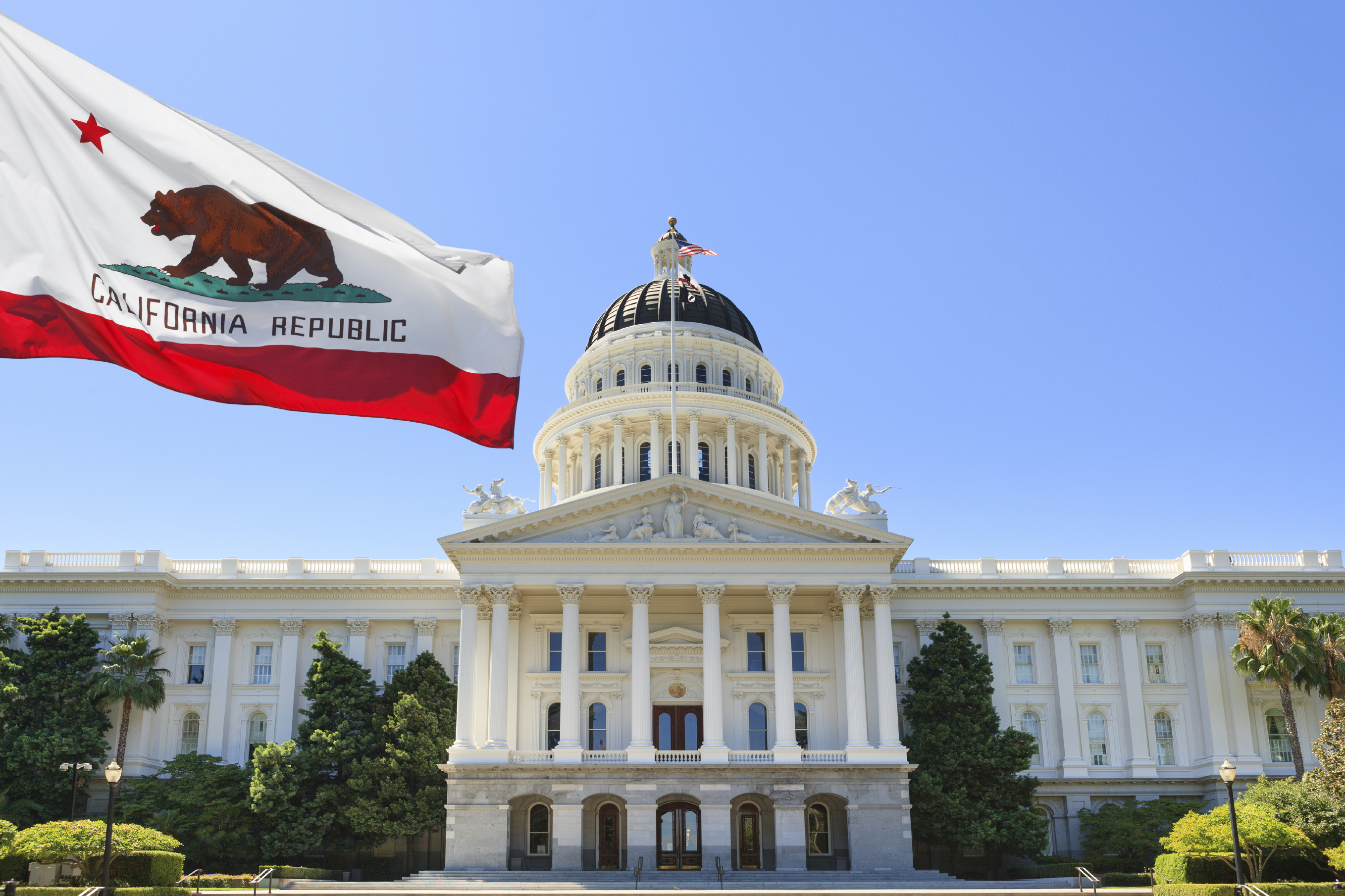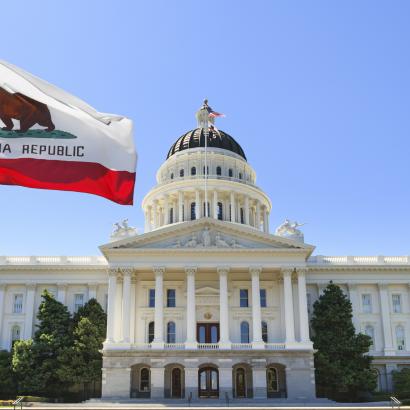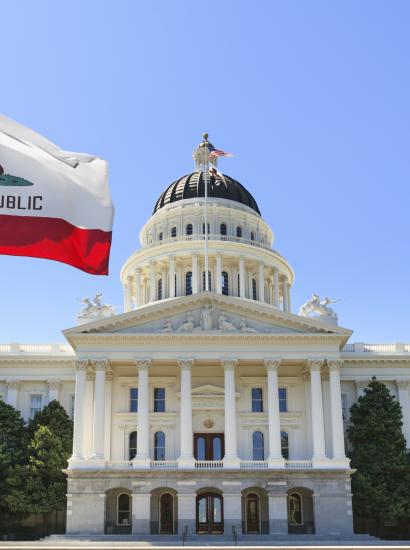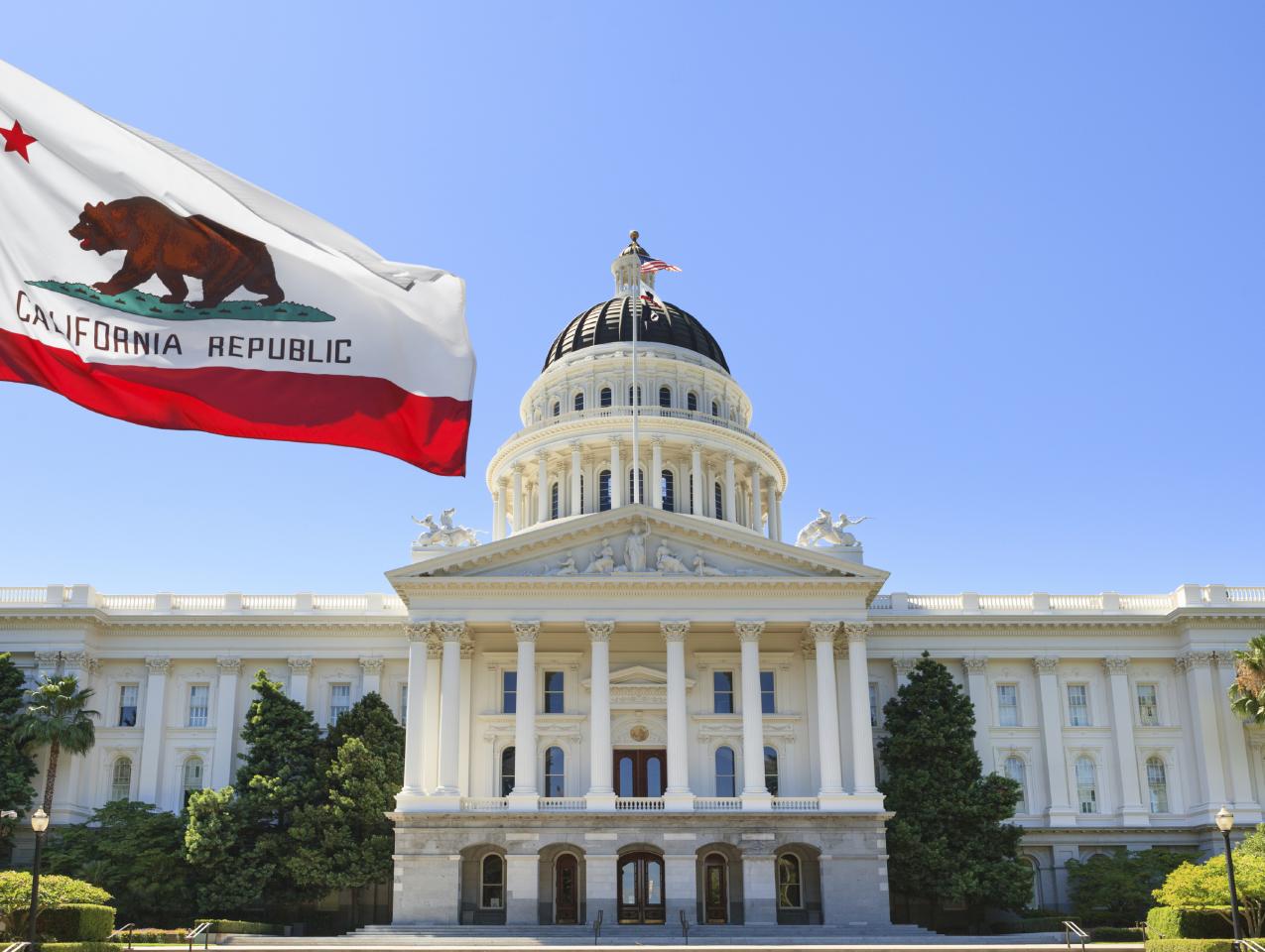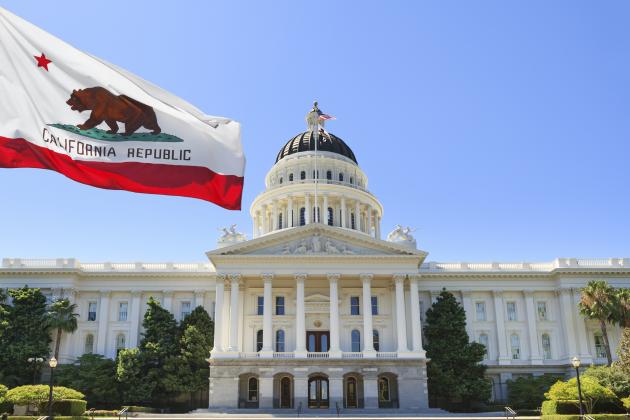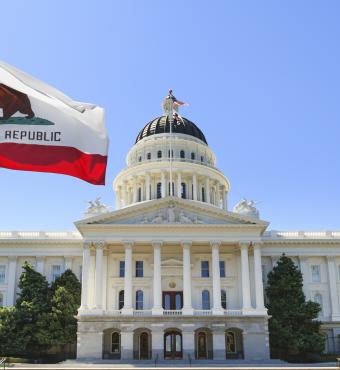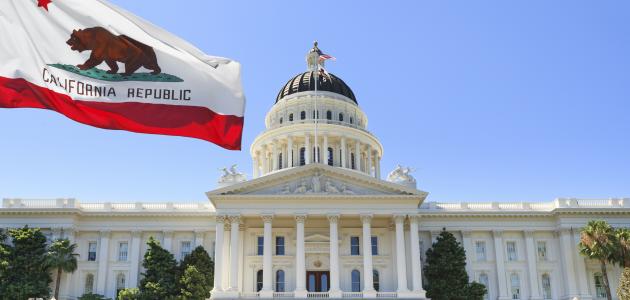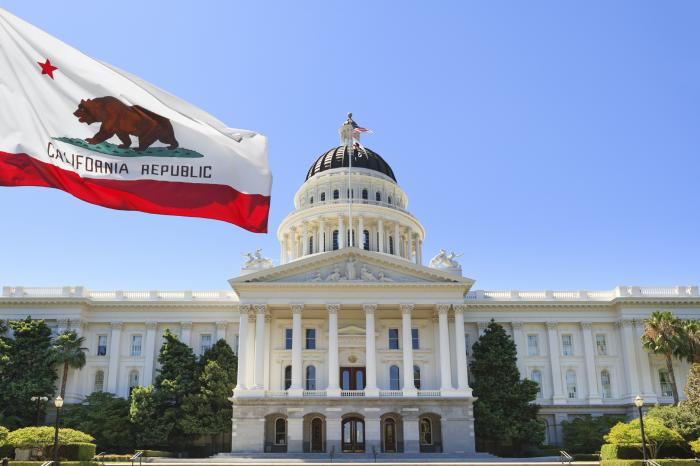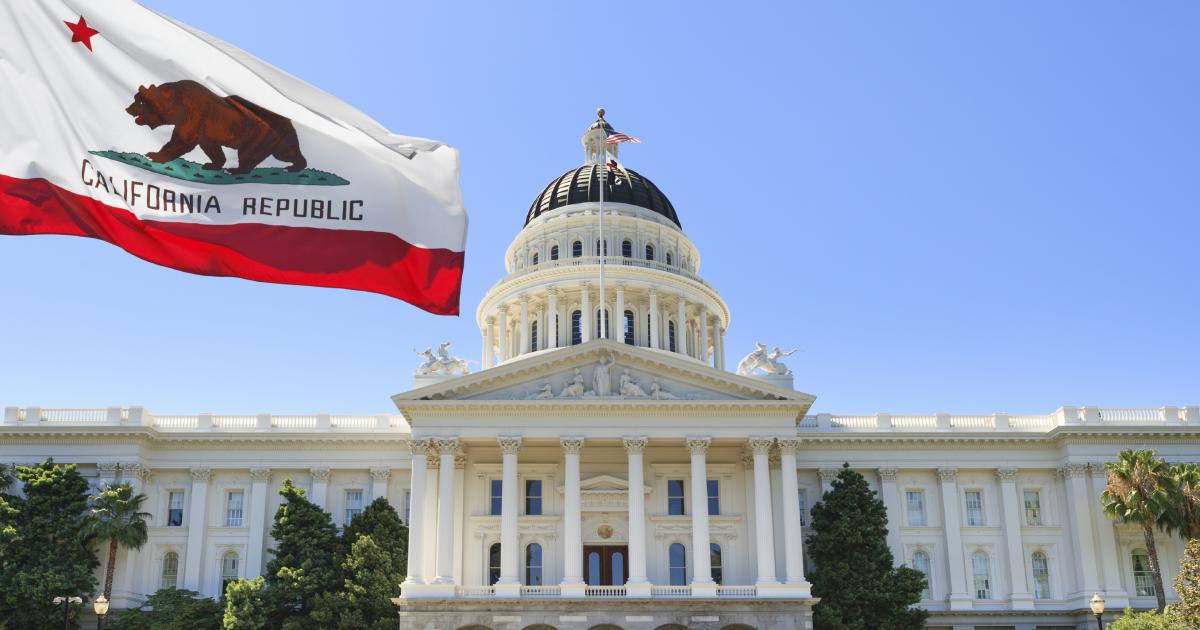- Economics
- US Labor Market
- Politics, Institutions, and Public Opinion
Proposition 13, which has defined the rules for California property taxation for forty years, will likely change for businesses, and perhaps as soon as 2021. A ballot measure will appear on California’s November 2020 ballot that would fundamentally change property taxes on non-agricultural businesses with more than fifty employees.
Presently, both residential and commercial property is taxed at about one percent of the market value when the property is sold. After that, property taxes rise by a maximum of two percent per year until the property is resold, unless there is new construction on the property.
If the 2020 ballot initiative is passed, then the property values for these businesses would be reassessed every three years. The state’s Department of Finance and a study performed by USC both estimate that this could increase state tax revenue by $9 to $10 billion per year. The initiative is supported by several groups, ranging from social justice organizations to teachers’ unions. State lawmakers, always on the hunt for new revenue, have been trying for decades to crack the Proposition 13 piggy bank that has protected incumbent homeowners and businesses from property tax increases.
This time, however, Proposition 13 for businesses may very well be broken, as there is a large and growing sentiment among many California voters to significantly increase taxes on those individuals and organizations who are perceived to have deep pockets and who will pay.
Proposition 13 does have its flaws, which includes depressing resource reallocation by incentivizing long-term ownership for tax purposes rather than for other economic purposes, and by shifting the fiscal burden onto younger people. But addressing Proposition 13 should be done within the context of broader fiscal reforms that would streamline government and reduce the overall tax burden.
This would include addressing the state’s chronic fiscal irresponsibility by placing reasonable limits on state and local budgets, which in turn would require state and local government agencies to prioritize spending to address the public services that voters really want, address over-the-top public sector worker compensation, and implement efficiency measures that control costs. Spending reforms and limits would provide the backdrop for tax reform that could replace California’s current reliance on highly volatile revenue sources, such as income taxes on the top one percent, to more stable sources, such as sales and property taxes.
But of course, there is no such broader fiscal reform that will take place that would make it reasonable to address Proposition 13 and the state income tax system. Rather, next year’s ballot initiative is simply another tax increase that will incentivize further state and local government spending profligacy. Politicians complain ad infinitum about Proposition 13, but their predecessors brought this on themselves. Proposition 13 passed in 1978 because property taxes had increased by a whopping 120 percent between 1974 and 1978. Without a governor or legislators who could control their spending, voters decided to do it themselves. Yes, Proposition 13 was imperfect at that time and remains imperfect today, but it was the inevitable consequence of out-of-control state and local spending.
Sadly, fewer of today’s voters have the same interest in constraining California’s Leviathan and instead appear to be aligned with the spending politicians whose predecessors were overwhelmingly opposed by voters forty years ago.
There is no better example of this than 2016’s Proposition 55, which extended California’s 13.3 percent top personal income tax rate to 2030, and which passed by 63% to 37%. In 2012, when tax revenues had plummeted, Californians voted to temporarily increase top income tax rates and increase the state’s sales tax rate. These emergency measures were to sunset in 2016 for the higher sales tax rate and in 2018 for the higher income tax rates, and they were passed explicitly on the promise that they were temporary, to keep necessary state and local services afloat until the state economy recovered. But while the sales tax rate did return to its previous level as promised, the highest top income tax rates in the country were extended. And there is virtually no chance that they will ever come down.
Most California newspapers lambasted this decision to continue the highest top income tax rates in the country as an egregious broken promise and a blatant political money grab. But this is what California has become. There is no shame for broken promises. There is no concern about the importance of government maintaining a good reputation, or the benefits of a trustworthy government. It is all about the Benjamins, baby.
This is the reason why I expect next year’s state ballot measure to pass. There are too many Benjamins in those businesses to ignore, and the state is going to take what it can. You can hardly blame the voters who go along with these higher taxes. Many of these voters struggle with high housing costs, poorly performing schools, high energy and transportation costs, and poor infrastructure and are hoping beyond hope that more revenue means a better life for them.
Of course, any knowledgeable politician knows that there are limits to taxation. You never kill the goose that lays the golden egg. You never raise taxes to the point where the goose shuts down or moves to another state. But some of these geese will indeed do just that. And the California voters who hope that higher revenue will positively move the needle in their lives will once again be sorely disappointed.







